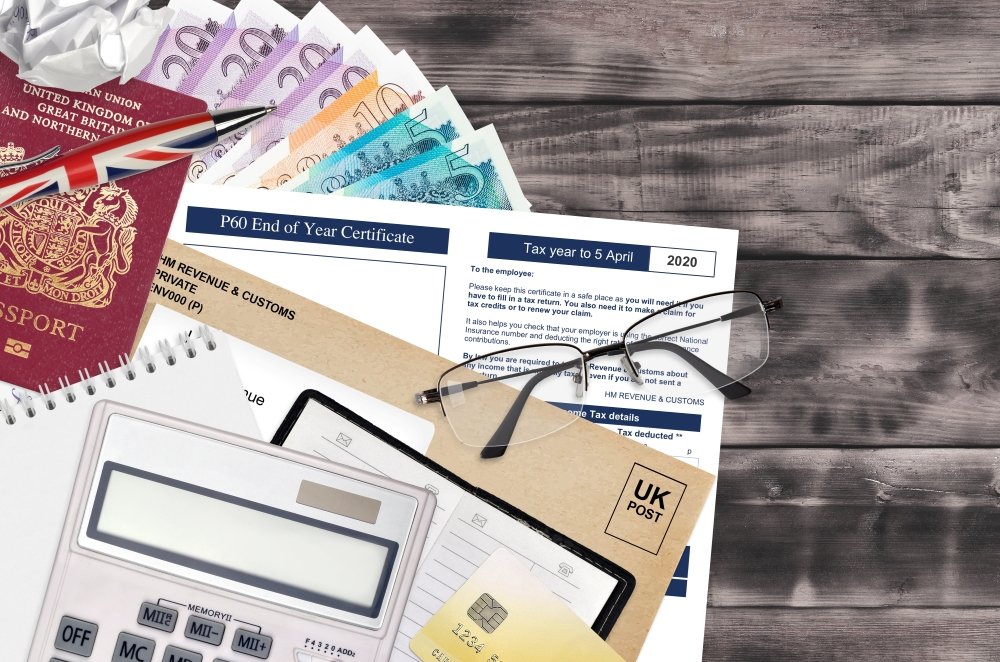As a business owner in the UK, understanding what your Unique Taxpayer Reference (UTR) is all about is crucial for managing taxes and adhering to the current regulations. This guide provides an updated overview of what a UTR is, who needs one, how to get it, and its importance in your business operations as of January 2025.
Table of Contents
ToggleWhat is a Unique Taxpayer Reference (UTR) number?
A Unique Taxpayer Reference, abbreviated as UTR, is a 10-digit number assigned by Her Majesty’s Revenue and Customs (HMRC) to uniquely identify taxpayers and businesses within the UK tax system. This identifier is necessary for managing tax affairs, such as filing Self Assessment tax returns and communication with HMRC, to ensure your tax records are accurately maintained and processed.
Who Needs a UTR?
A UTR is required for different types of people and organisations:
- Sole Traders Self Employed need to have a UTR number when filing for tax with their self assessment.
- Limited Company Directors: Directors need to register for Self Assessment, which requires a UTR for their tax returns.
- Business Partnerships: Each partner in a partnership should have its own UTR in addition to the partnership itself.
- Those With Additional Income Anybody with income that is untaxed, like rental income or dividends, requires a UTR to report such income through Self Assessment.
Additional Scenarios Requiring a UTR:
- Freelancers earn over £1,000 annually.
- Individuals with rental income exceeding £2,500.
- Company directors receive untaxed income, such as dividends or loans.
How to Obtain a UTR
Depending on your business structure, the method of getting your UTR differs:
Sole Traders:
- Register for Self Assessment: Doing this online is possible on the HMRC website.
- Submission of Information Needed: Fill in personal information, National Insurance number, and business details.
- Receiving Your UTR: HMRC will send your UTR by post within 10 working days (or 21 working days if you are overseas).
Limited Companies:
- Include Your Business: When your business is registered with Companies House, HMRC will automatically provide a UTR for your business.
- Get Your UTR: The UTR will be posted to your business’s registered address within a couple of weeks.
Partnerships:
- Register the Partnership: A partnership must register with HMRC. The individual partners also need to register separately.
- Get UTRs: Both the partnership and individual partners will receive their respective UTRs.
Where to Find Your UTR
Your UTR can be located on various documents from HMRC, including:
- Previous tax returns
- Payment reminders
- Notices to file a tax return
It’s advisable to keep these documents secure since your UTR is sensitive information.
Why is Your UTR Important?
The significance of your UTR lies in several key areas:
- Tax Filing: You cannot submit your Self Assessment tax return without it.
- Communication with HMRC: Your UTR helps HMRC identify your records, ensuring efficient communication.
- Financial Transactions: Lenders may request your UTR when assessing your financial status.
Protecting Your UTR
Given its importance, safeguarding your UTR is crucial:
- Confidentiality: Avoid sharing your UTR unnecessarily to prevent identity theft or fraud.
- Secure Storage: Keep documents containing your UTR in a safe location.
- Vigilance: Be cautious of unsolicited requests for your UTR; HMRC will not ask for sensitive information via email or phone.
Common Issues and Solutions
Lost UTR:
If you’ve misplaced your UTR, it can be found on previous HMRC correspondence or by accessing your Personal Tax Account online. If needed, contact HMRC directly for assistance.
Inactive UTR:
If your UTR has become inactive due to non-filing, it will reactivate automatically when you submit a new Self Assessment tax return.
Frequently Asked Questions (FAQs) about Unique Taxpayer Reference (UTR)
What should I do if I forget my Unique Taxpayer Reference (UTR)?
If you forget your UTR, you can find it on previous HMRC correspondence, such as tax returns, payment reminders, or notices to file a tax return. Additionally, you can access your UTR through your Personal Tax Account on the HMRC website. If you are unable to locate it, you can contact HMRC directly for assistance.
Is it possible to have more than one UTR?
Yes, it is possible to have more than one UTR. Each business entity or individual taxpayer is assigned a unique UTR. For example, if you are a sole trader and also a director of a limited company, you will have separate UTRs for each role. It’s important to keep track of each UTR for accurate tax reporting and compliance.
How long does it take to receive my UTR after registration?
The time it takes to receive your UTR depends on your business structure:
1: Sole Traders: You will typically receive your UTR by post within 10 working days (or 21 days if you’re registering from abroad).
2: Limited Companies: After incorporating your company with Companies House, the UTR is usually sent to your registered address within a few weeks.
3: Partnerships: Both the partnership and individual partners will receive their respective UTRs after registration with HMRC.
Conclusion
Understanding and managing your Unique Taxpayer Reference is the most basic aspect of running a business in the UK. It ensures that you are in compliance with tax obligations and helps you communicate smoothly with HMRC. Keeping your UTR secure and using it appropriately enhances the management of your business’s financial affairs.
For better advice and assistance regarding your tax matters, consider consulting financial experts like Bloom Financials, who provide comprehensive services designed to meet the unique needs of your business.





